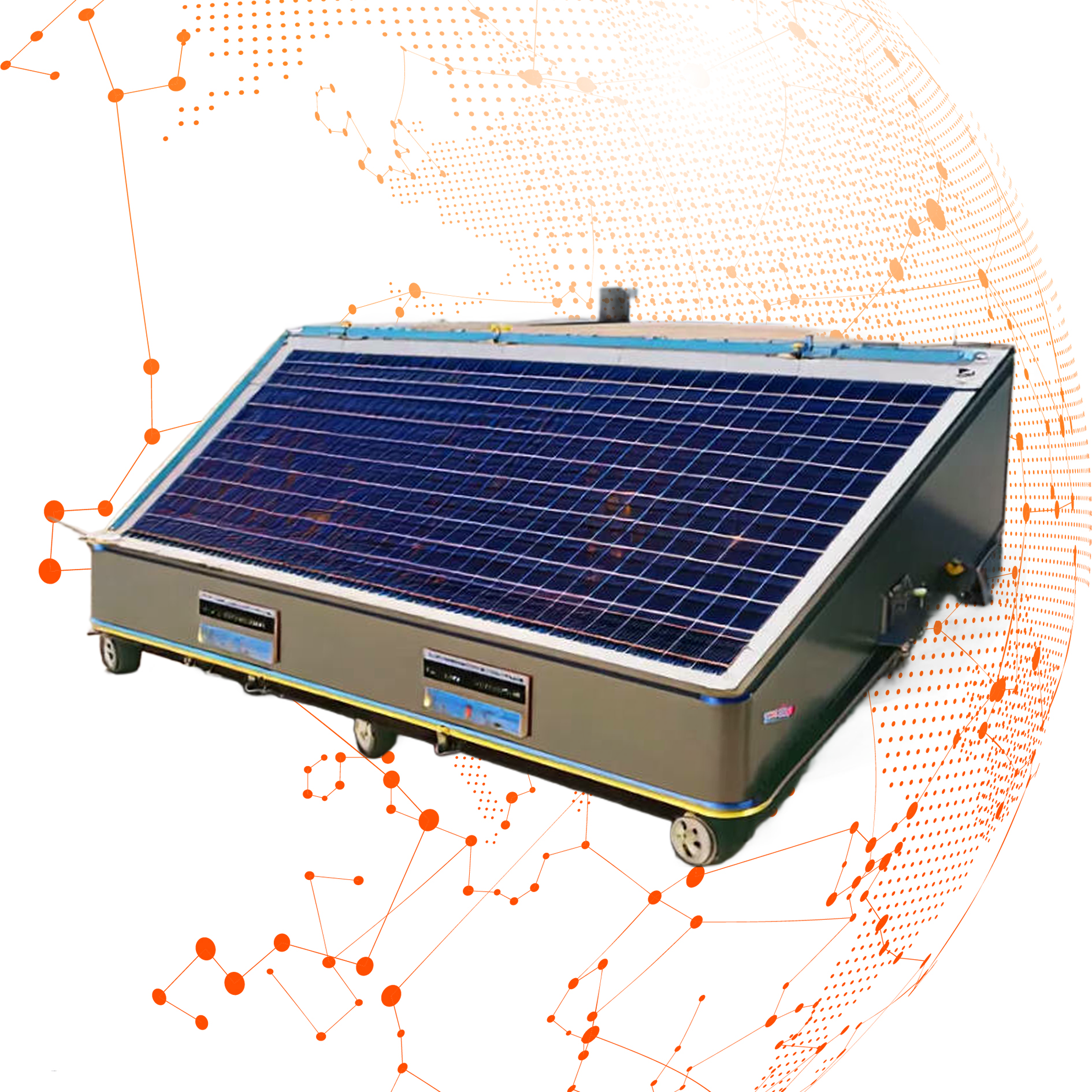green energy solar
Green energy solar technology harnesses the power of the sun to generate clean, renewable energy. At its core are solar panels, which are composed of photovoltaic cells that convert sunlight into electricity. These panels come in various sizes and can be installed on rooftops or in ground-mounted solar farms. The main functions include capturing sunlight, converting it into usable electricity, and sometimes storing it in batteries for use during non-sunlight hours. Technological features include high-efficiency solar cells, anti-reflective coatings, and durable, long-lasting materials that withstand harsh weather conditions. Applications range from residential and commercial power supply to large-scale solar power plants, significantly contributing to the reduction of greenhouse gas emissions and our carbon footprint.


